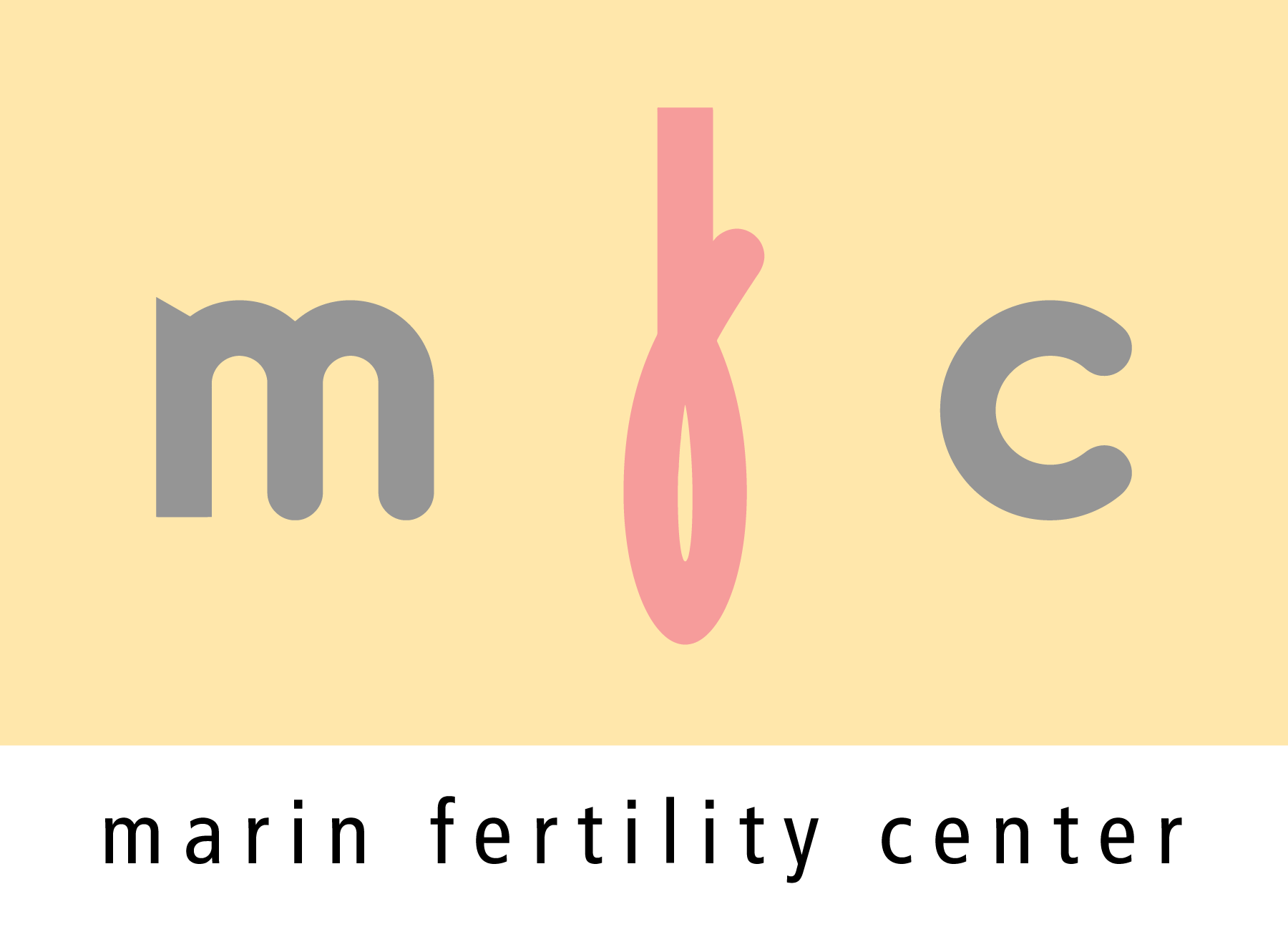In Vitro Maturation (IVM): What Is IVM Treatment
IVM is an experimental treatment approach in reproductive endocrinology that involves many of the same steps as IVF but avoids the ovarian hyperstimulation component. It is most successful for women who have more than an average amount of small, undeveloped follicles in their ovaries (polycystic ovaries). This lexicon entry explains core concepts of IVM fertility-how it differs from IVF, who may benefit, and how it fits into modern care pathways.
How IVM Differs from Conventional IVF
Unlike standard IVF protocols that use medications to stimulate the ovaries, IVM avoids ovarian hyperstimulation. Instead, immature oocytes are collected and matured in the laboratory. Because it shares several downstream steps with IVF, IVM remains within the same clinical framework while limiting exposure to stimulation.
Who May Benefit from IVM
IVM is most successful for women who have more than an average amount of small, undeveloped follicles in their ovaries (polycystic ovaries). In this context, clinicians may consider IVM as an option within individualized care plans. Decisions should be made with a specialist in reproductive endocrinology, based on medical history and goal setting.
Overview of the IVM Process (Shared Steps with IVF)
Egg Retrieval of Immature Oocytes
After baseline fertility testing and planning, the care team performs egg retrieval to collect immature oocytes. The goal is to obtain oocytes without the need for ovarian stimulation to the levels used in conventional IVF.
Laboratory Maturation
In the embryology lab, the collected oocytes undergo in vitro maturation under controlled culture conditions. The objective is to support resumption of meiosis and cytoplasmic maturation prior to fertilization.
Fertilization with ICSI
Once maturation criteria are met, oocytes are typically inseminated via ICSI (intracytoplasmic sperm injection)-injecting a single sperm into each mature oocyte to create embryos.
Blastocyst Culture and Transfer
Resulting embryos are placed into blastocyst culture, allowing development-when appropriate-to the blastocyst stage. Embryos that meet clinical criteria may then be considered for uterine transfer according to the treatment plan.
Counseling, Testing, and Care Team Involvement
Fertility Testing and Ovarian Reserve
Before choosing IVM, clinicians assess ovarian reserve (e.g., through standard fertility testing tools and ultrasound findings). The presence of many small, undeveloped follicles, as seen in polycystic ovaries, can inform candidacy discussions for IVM.
Role of the Reproductive Endocrinology Team
Because IVM is experimental, evaluation and management should be led by a reproductive endocrinology team that reviews medical indications, timelines, laboratory capabilities, and informed consent.
Optional Genetic Testing of Embryos
Where clinically appropriate, embryos created after IVM may be considered for preimplantation genetic testing within individualized plans. Testing decisions depend on patient-specific factors and clinical indications discussed with the care team.
Key Takeaways
- What is IVM treatment? An experimental approach that follows many IVF steps while avoiding ovarian hyperstimulation.
- Who may benefit? Individuals with polycystic ovaries and many small, undeveloped follicles.
- How is it performed? Collection of immature oocytes, laboratory maturation, ICSI, and blastocyst culture, with treatment decisions guided by reproductive endocrinology specialists.
